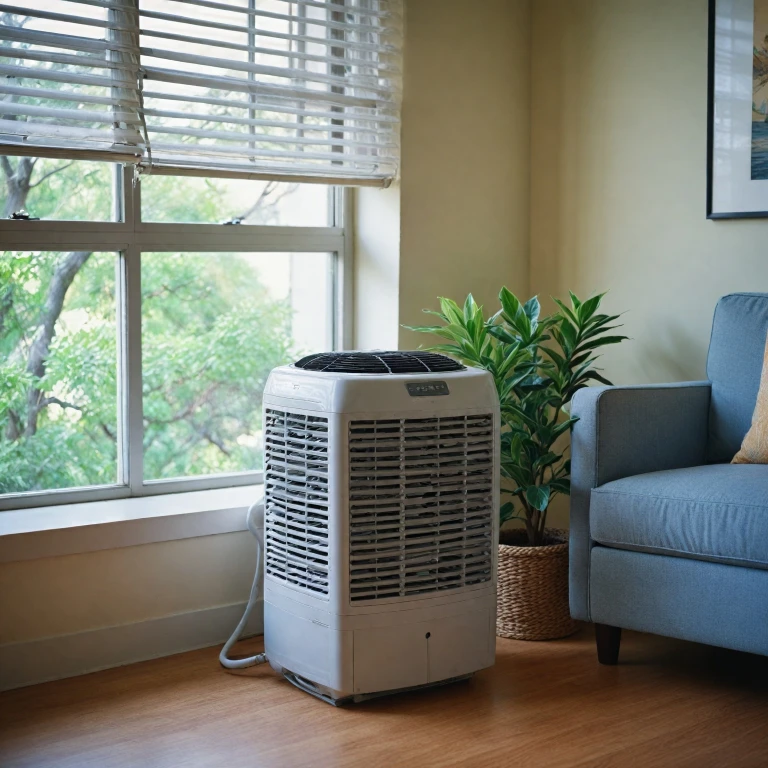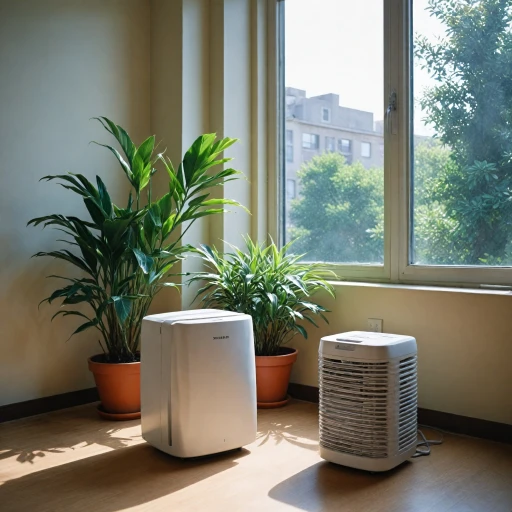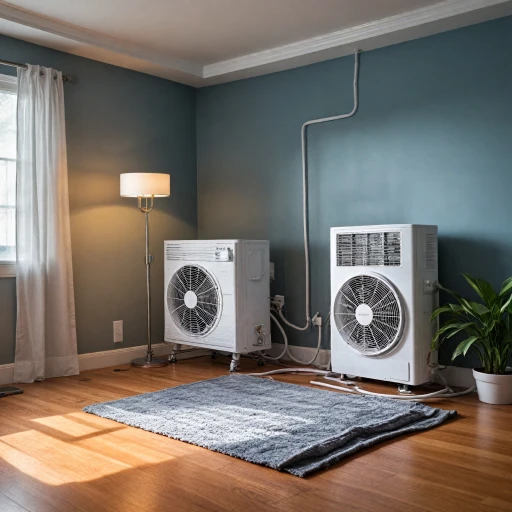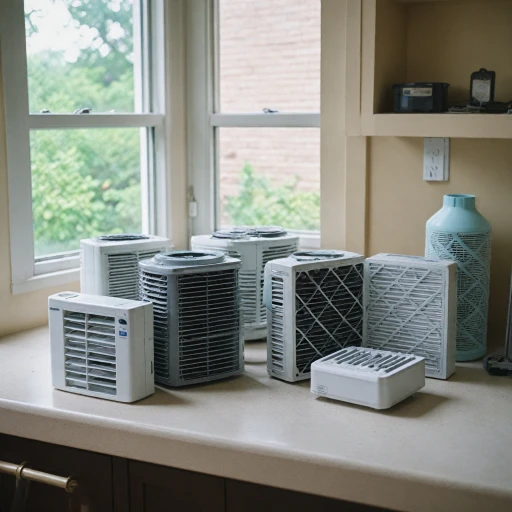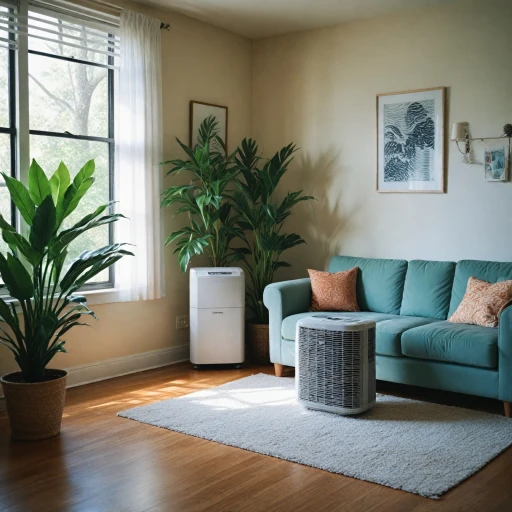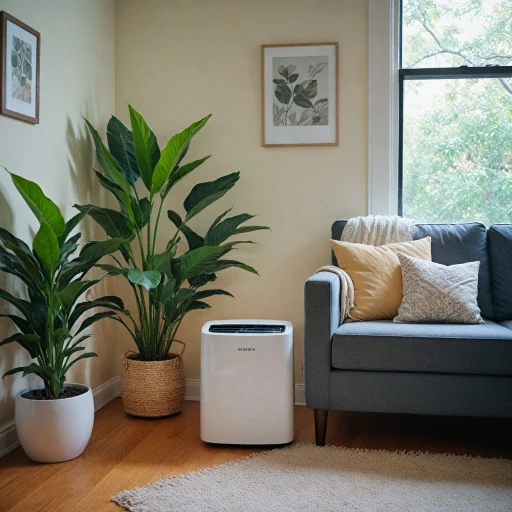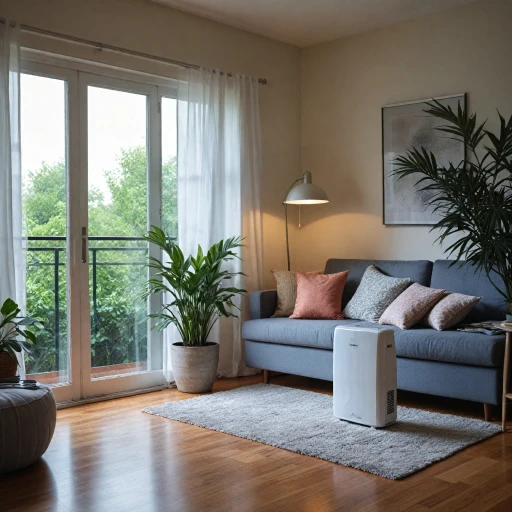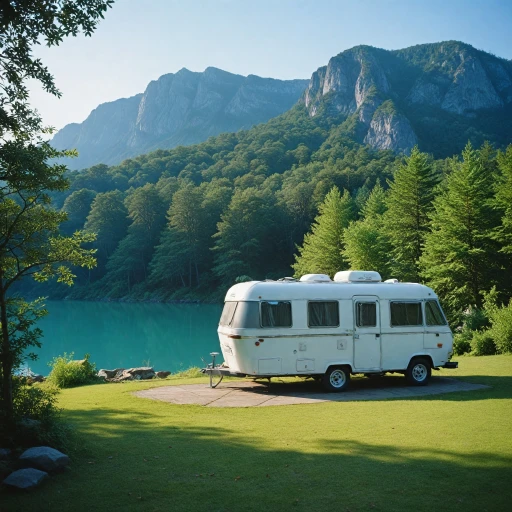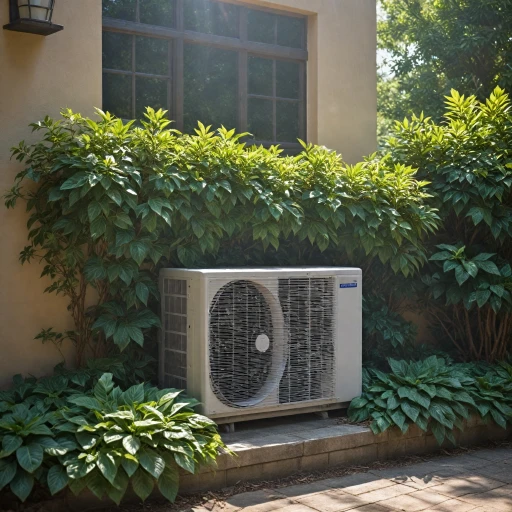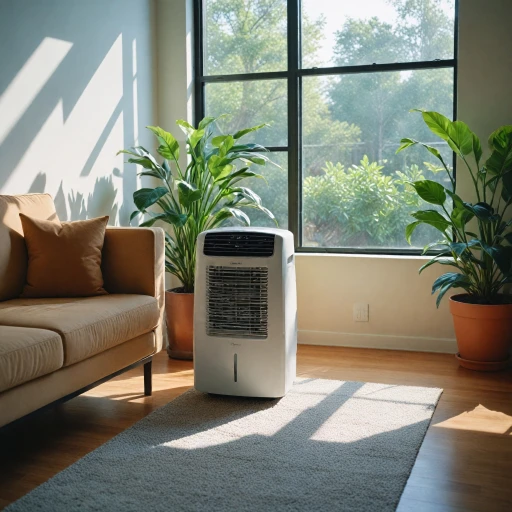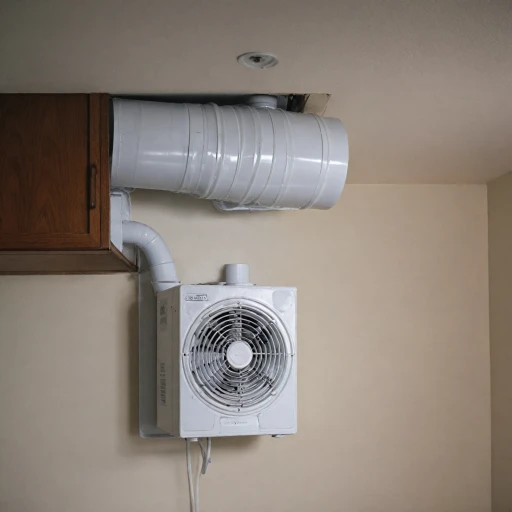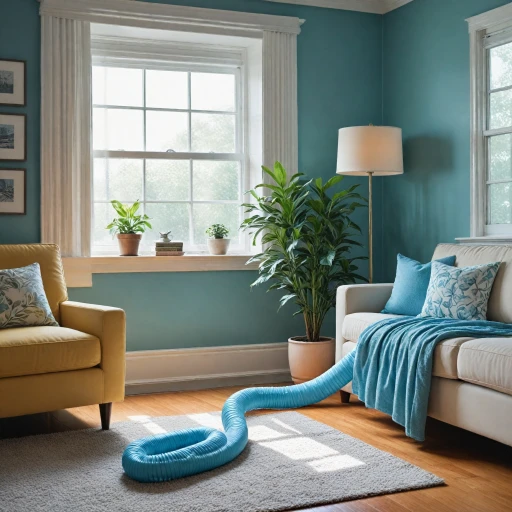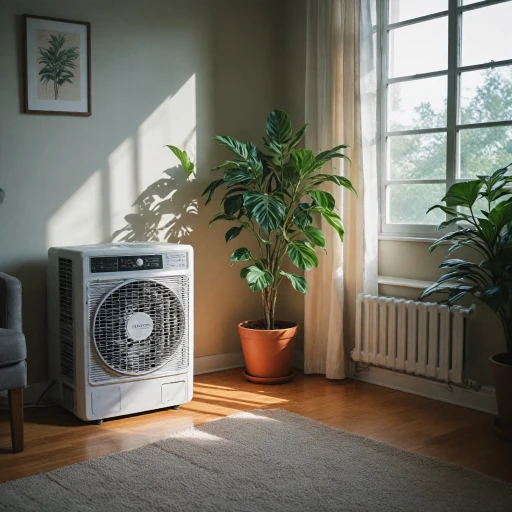
What is an AC Portable Exhaust Hose?
The Essential Function of an Exhaust Component in ACs
When exploring the world of portable air conditioners, one might encounter the term "exhaust hose" quite frequently. Understanding its role is crucial in realizing how these appliances effectively cool a room. Essentially, the exhaust hose is an integral component that enables your portable unit to function optimally by transferring unwanted hot air from the room to the outside environment.
The hose connects the portable air conditioner to a venting component, typically through a window vent. It helps in expelling the heat produced by the appliance as it cools the air. Without this conduit, the unit would struggle to lower the room's temperature, as the expulsion of hot air is essential to create a cooling effect.
Understanding this key function can also shed light on the advantages of using flexible air duct hoses designed specifically for portable air conditioners. These specialized hoses significantly enhance the convenience and effectiveness of the portable ac units, ultimately optimizing your cooling experience.
How Does the Exhaust Hose Affect Cooling Efficiency?
Understanding How the Exhaust Hose Enhances Cooling Efficiency
In portable air conditioners, the exhaust hose plays a vital role in maintaining the desired room temperature by venting hot air out of the space being cooled. This process is fundamental to the efficiency of the unit. When the hose effectively expels the hot air, the portable unit will be able to cool the room more efficiently. Let's break down how the hose's functionality impacts the overall performance of your device:- Heat Extraction Efficiency: Venting the heat out of the room prevents it from mixing with the cool air that the unit produces, ensuring consistent and effective cooling.
- Vent Placement Impact: Proper placement of the exhaust vent, often through a window or an appropriate venting location, can dramatically alter the cooling success. Ensuring the vent is unobstructed and secure is key to optimizing heat removal.
- Prevention of Re-Entry: If hot air re-enters the room due to a poorly fitting window or improperly attached hose, it directly competes against the cool air, leading to reduced efficacy.
- System Load Reduction: Efficient hot air expulsion reduces the workload on the portable unit, potentially prolonging its lifespan and reducing energy usage.
Types of Exhaust Hoses Available
Exploring Different Types of Exhaust Hoses
In the realm of portable air conditioners, understanding the variety of available exhaust hoses can make a significant difference in enhancing your cooling experience. The exhaust hose is a critical component in every portable air conditioning unit. The removal of hot air from the room ensures your space remains comfortably cool. There are primarily two main types of exhaust hoses you'll encounter:- Single Hose: This type of hose is the most common in portable AC units. It is designed to pull air from the room to cool the condenser and then expels the hot air outside through the window or vent. While easy to install, single hose systems can create negative pressure inside the room, as air exits, and new air enters from other spaces.
- Dual Hose: The dual hose system overcomes the pressure issue by using one hose to draw in air from the outside to cool the unit and another to expel the hot air from the room. This setup is generally more efficient in cooling large rooms, as it isolates the intake and exhaust systems. Though it may require a bit more installation effort, dual hose units provide better cooling efficiency.
Installation Tips for Optimal Performance
Installing to Enhance Performance
Setting up your portable air conditioner correctly is crucial for maximizing performance and ensuring efficient cooling. The exhaust hose is a pivotal component in this setup, directing hot air out of the room effectively. Here are some important installation tips:
- Choose the Correct Window: The exhaust vent must be positioned near a window or a suitable outlet to carry the hot air outside. Make sure the window is accessible and can support the weight and fit of the vent adapter.
- Avoid Bends: When connecting the hose to the window kit, ensure the hose is as straight as possible with minimal bends. Excessive twisting obstructs airflow, reducing the air conditioner's performance.
- Seal the Gaps: After placing the window kit, seal any gaps around the hose and frame using weather-stripping. This prevents the backflow of hot air, maintaining a cool room efficiently.
- Hose Length: While cutting the hose shorter might seem tempting, it should be long enough to comfortably reach the window without stretching too tightly or sagging.
- Correct Ventilation: Make sure the exhaust is directed outside and not into another room or closed space. Venting incorrectly will heat the room and negate the cooling effect.
Incorporating these installation tips can vastly improve how well your portable ACs function. With some attention to detail, you can enjoy a more comfortably cooled room while ensuring your unit will operate efficiently for years to come.
Common Issues and Troubleshooting
Challenges with Portable Air Conditioner Exhaust Systems
While portable air conditioners have become a popular solution for cooling individual rooms due to their flexibility and ease of use, many users face common issues related to the exhaust hose system. Understanding and addressing these challenges can ensure that your portable AC operates at peak efficiency.- Poor Venting:
- Heat Leakage:
- Kinking and Damage:
- Inadequate Length:
- Disconnection and Seal Failure:
Maintenance and Care for Longevity
Steps to Prolong the Life of Your Portable Exhaust Hose
Ensuring your portable air conditioner exhaust hose is well-maintained can significantly impact its longevity and efficiency. Here are some key practices to keep in mind:- Regular Cleaning: Dust and debris can accumulate in the hose over time, especially if the unit will be used frequently. Make it a point to lightly clean the hose with a damp cloth to prevent blockages that could affect the efficiency of the unit.
- Avoid Sharp Bends: To ensure optimal air flow and prevent wear and tear, avoid sharp bends or kinks in the hose. This will help maintain proper air circulation, reduce heat build-up, and ensure the portable unit performs well in cooling the room.
- Check for Leaks: Regularly inspect the hose for any small tears or leaks that might let cool air escape or allow hot air to re-enter the room. Most issues arise years ago from not maintaining the hose, so timely checks can prevent this.
- Ensure Proper Ventilation: Make sure that the exhaust vent is properly sealed and fitted in the window or any other outlet used, preventing the hot air from coming back into the room, which would offset the cooling efforts.
- Store Properly: When not in use, detach the hose from the air conditioner unit and store it in a dry, safe place. This prevents any accidental damage and ensures it's in good condition for the next season.
- Inspect Regularly: Include the hose in seasonal checks, either at the beginning or end of the season, responding to any maintenance needs as they arise to extend the lifespan of both the hose and the portable air conditioner unit.
